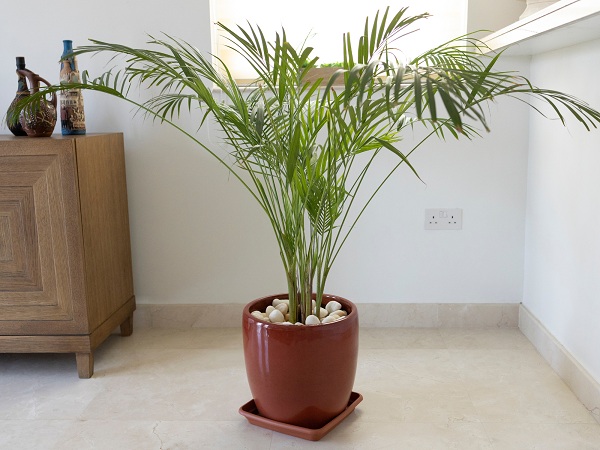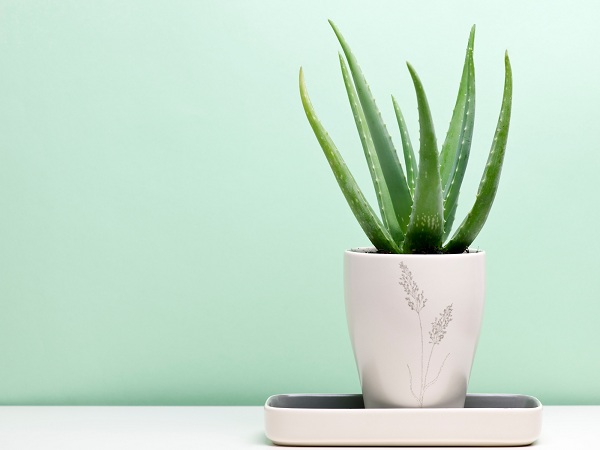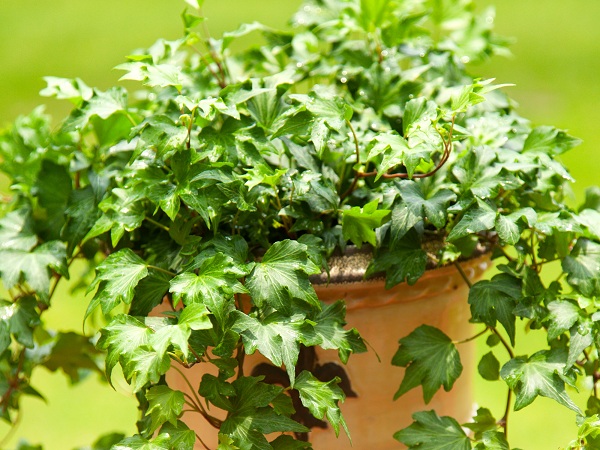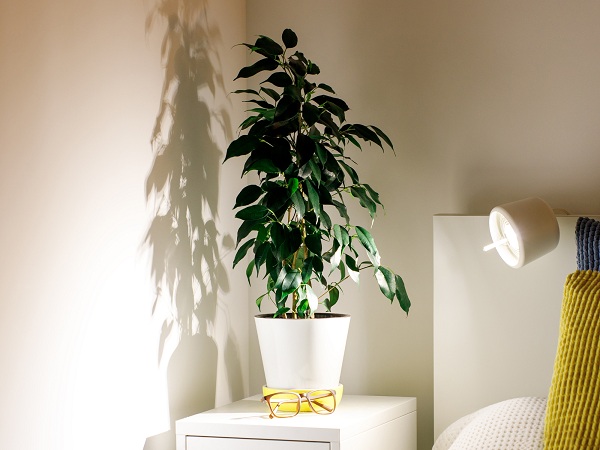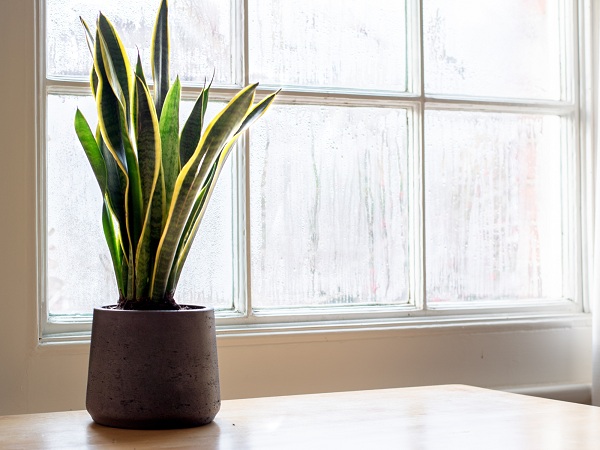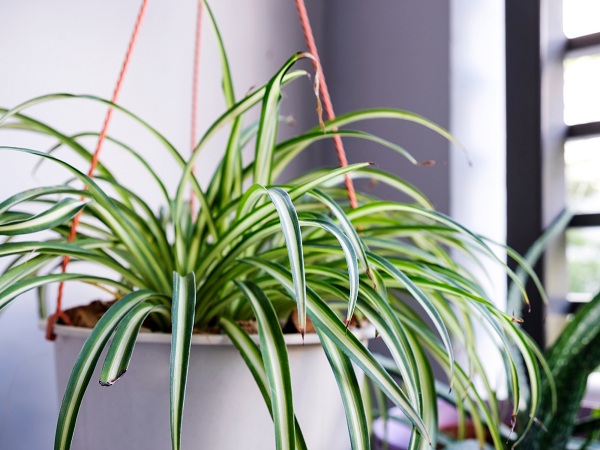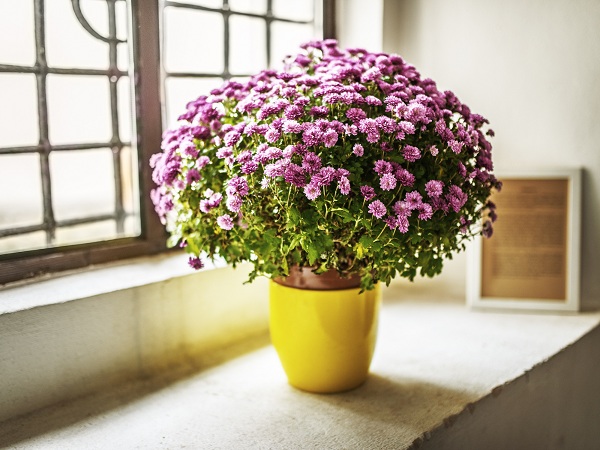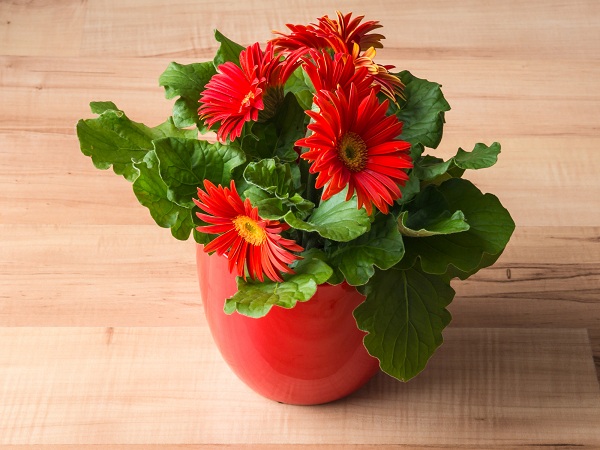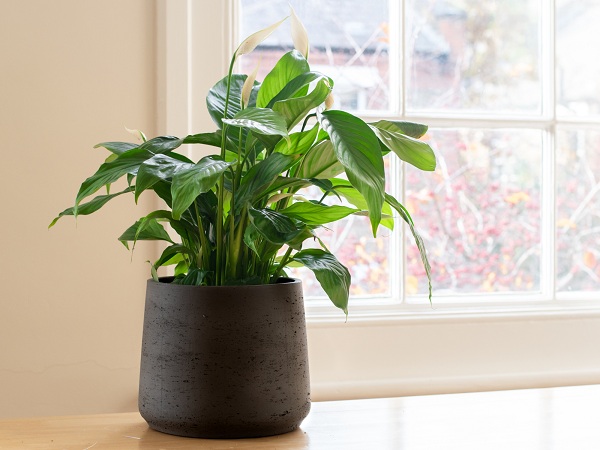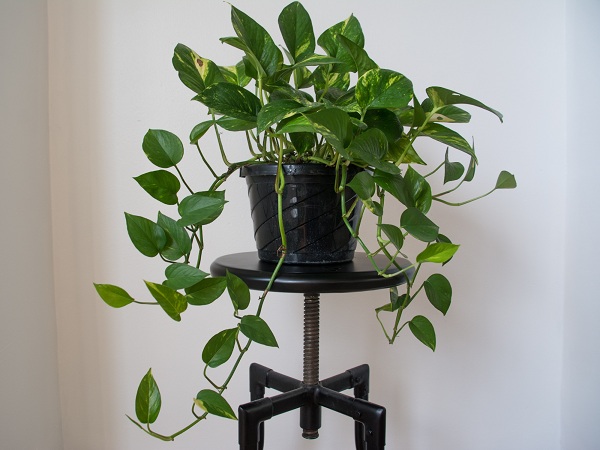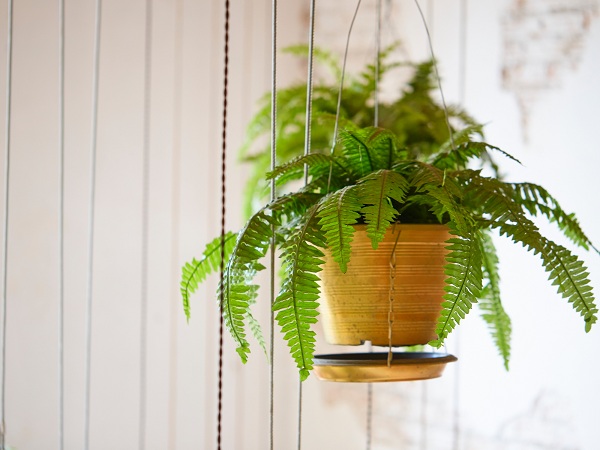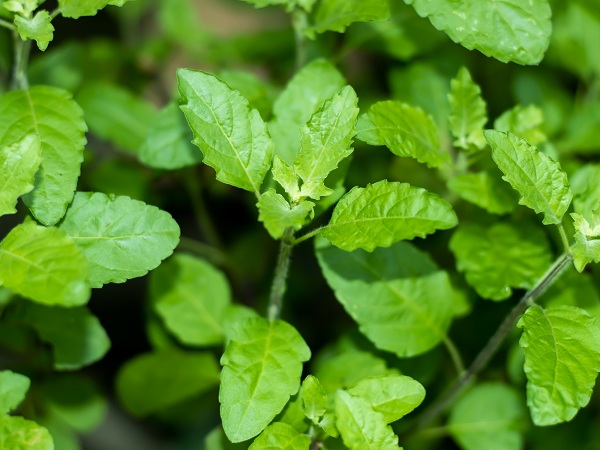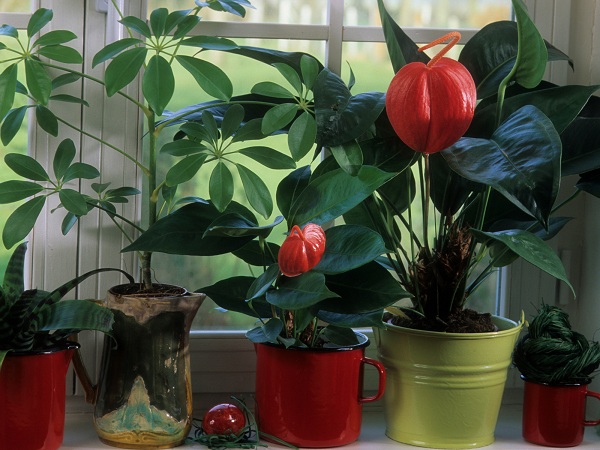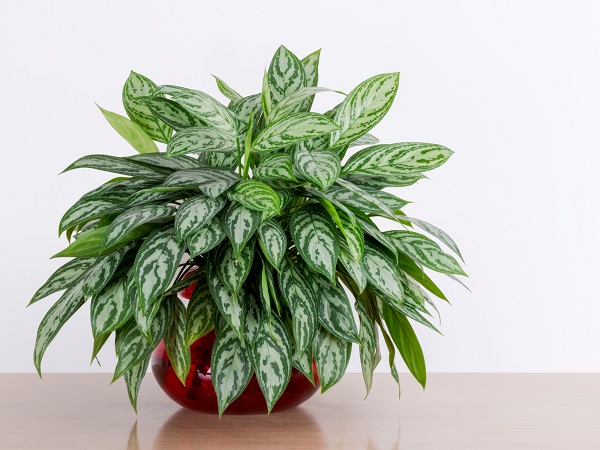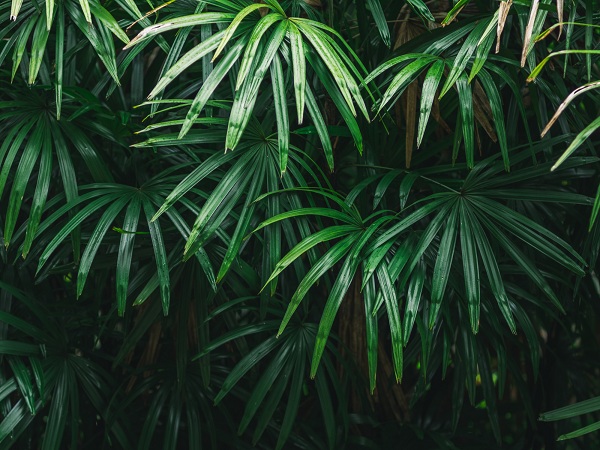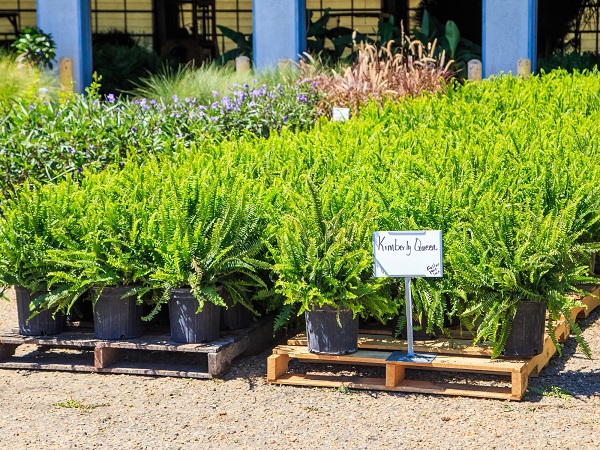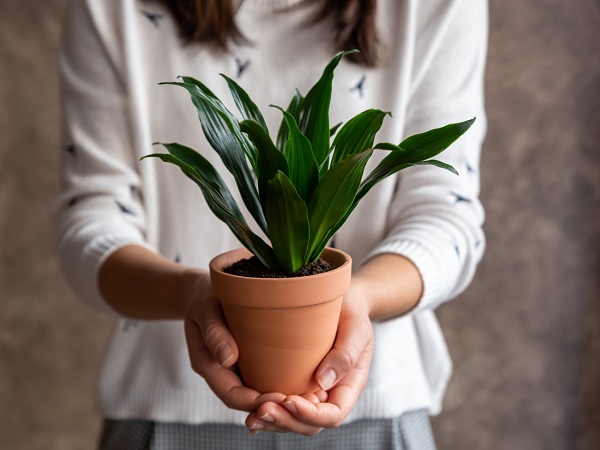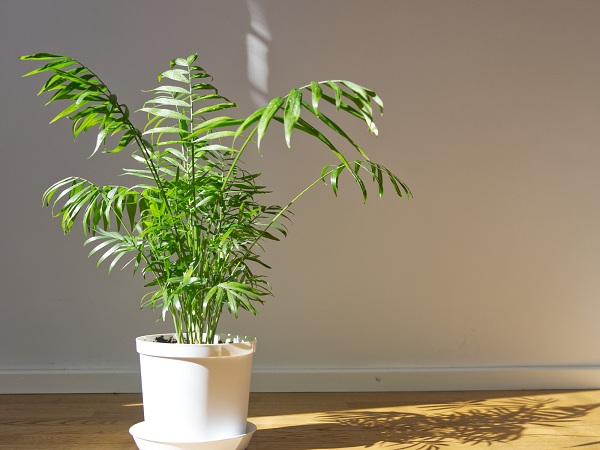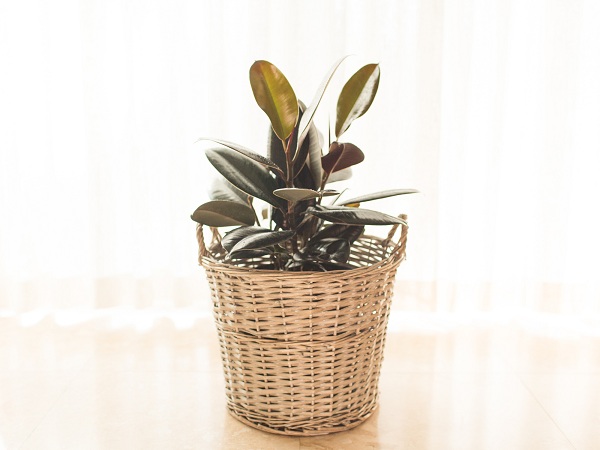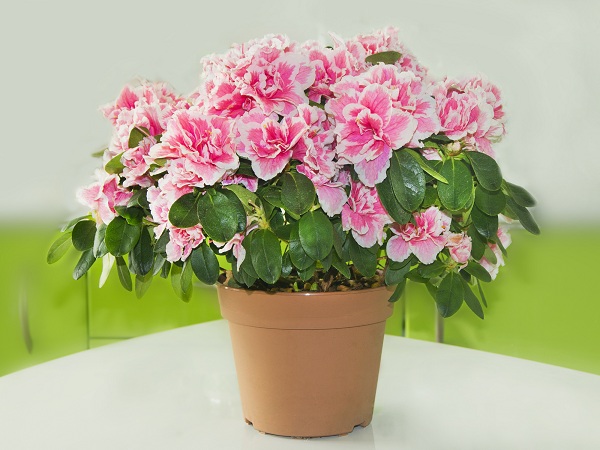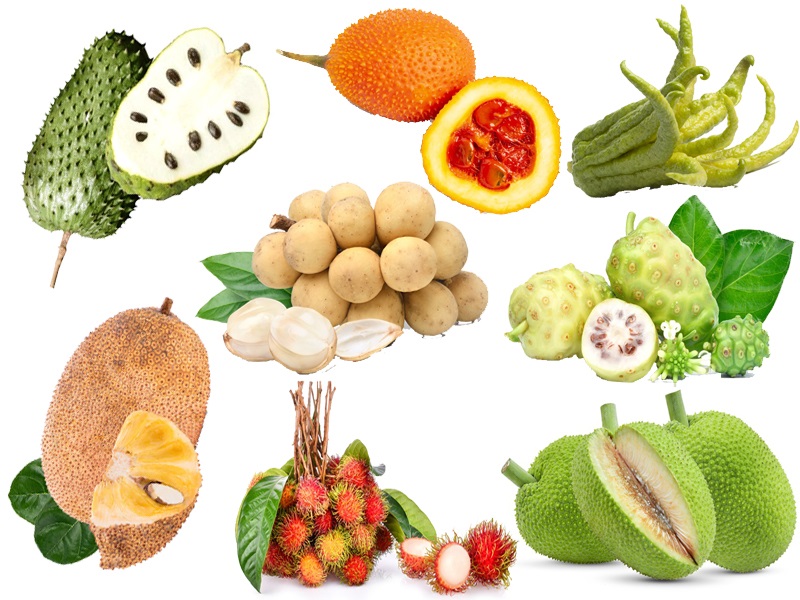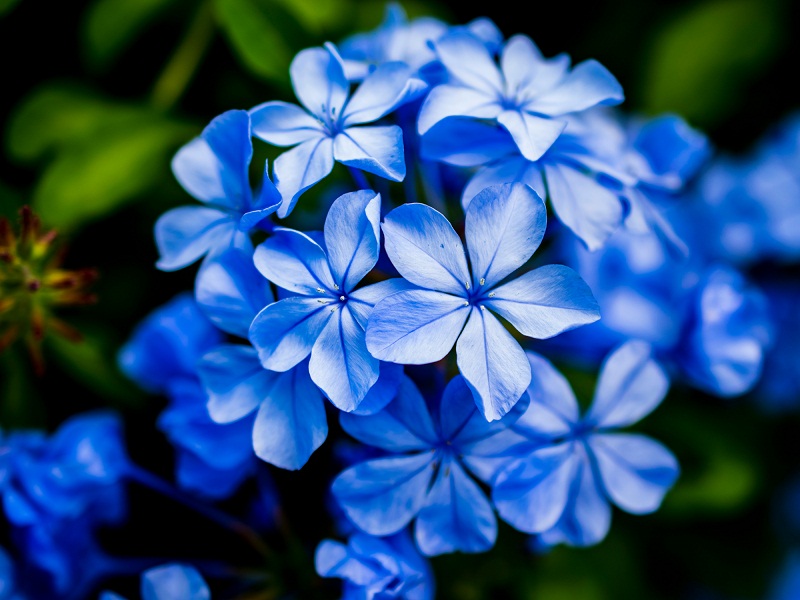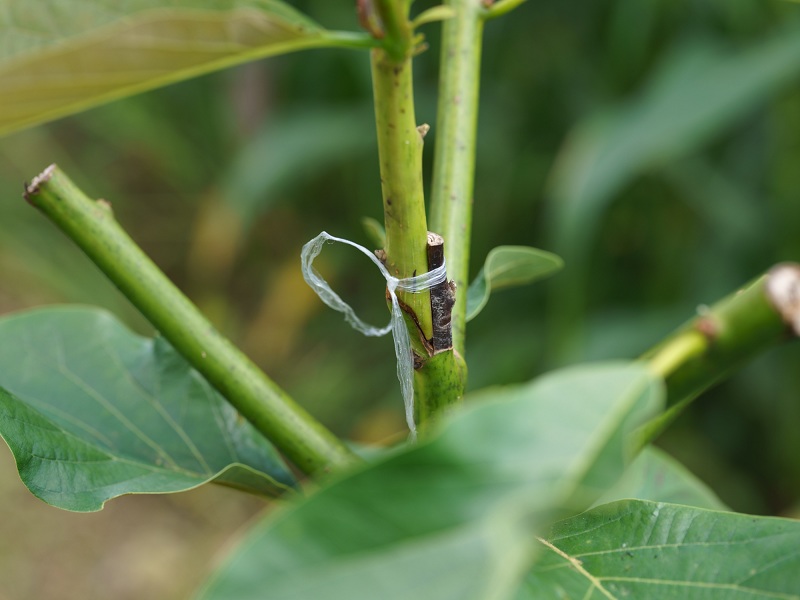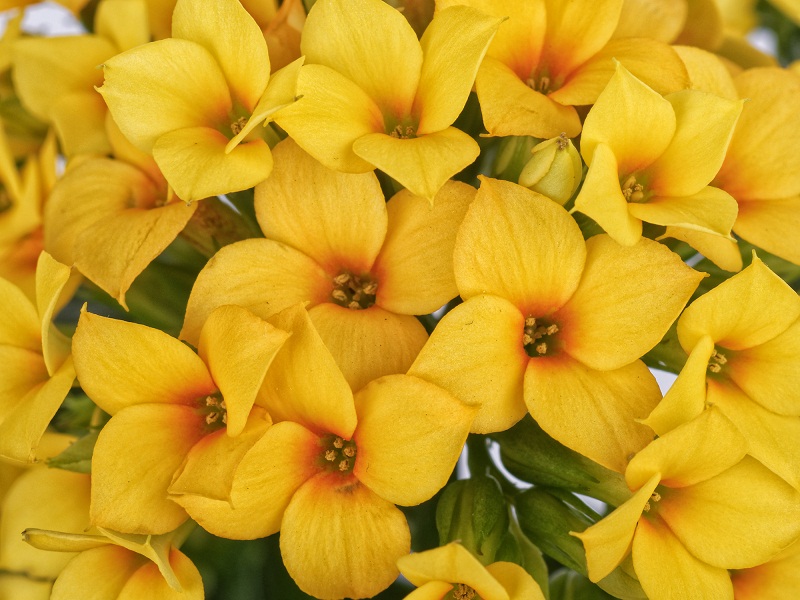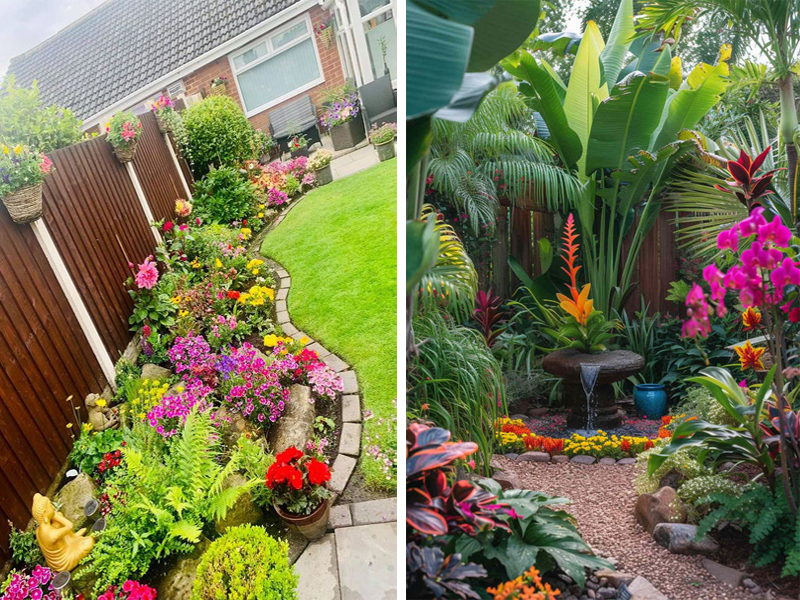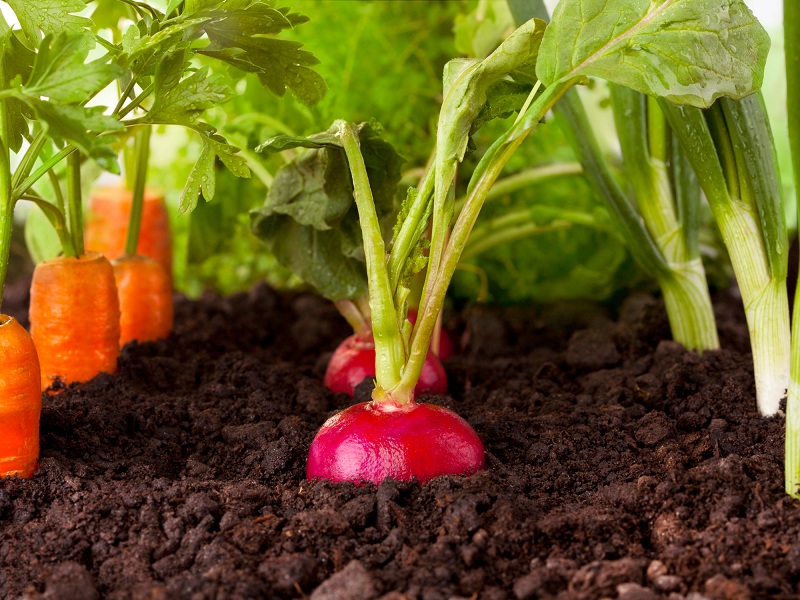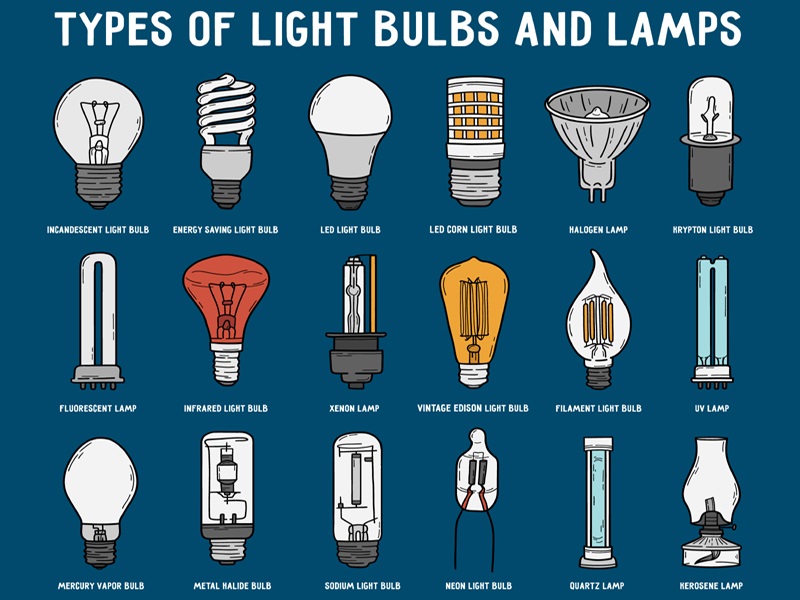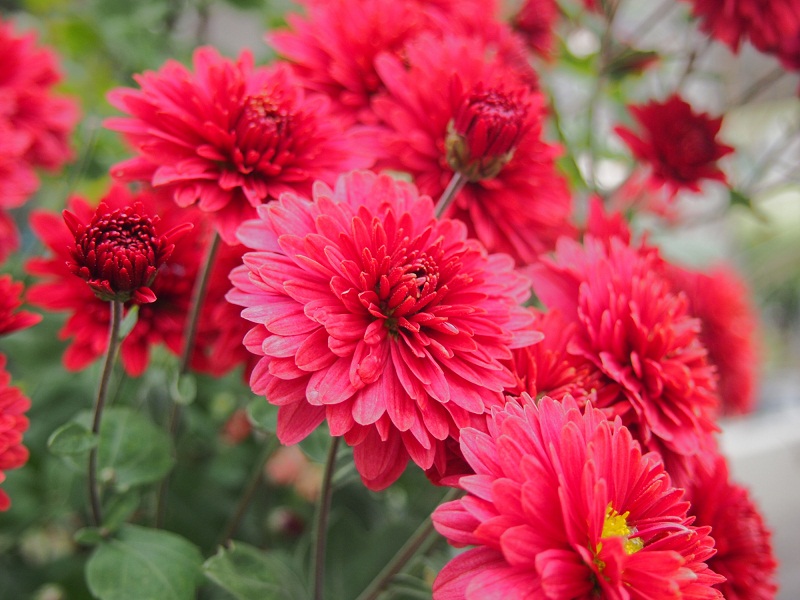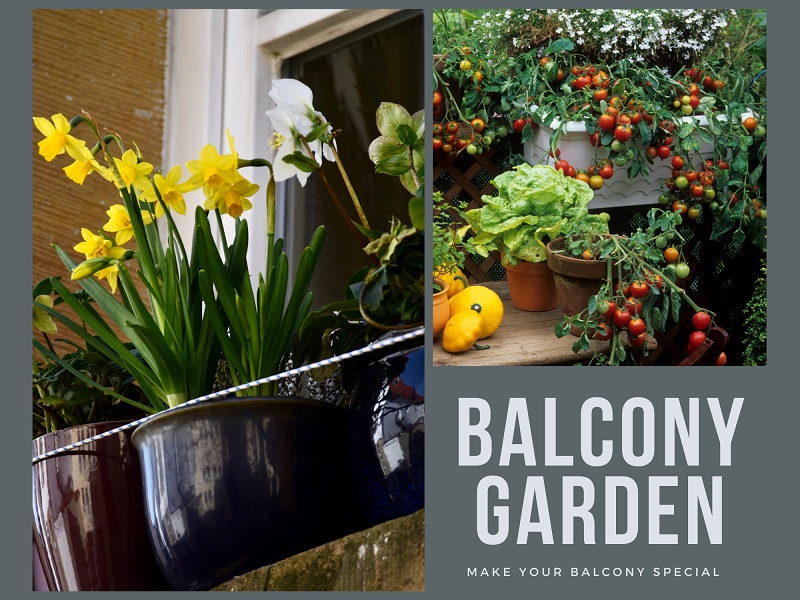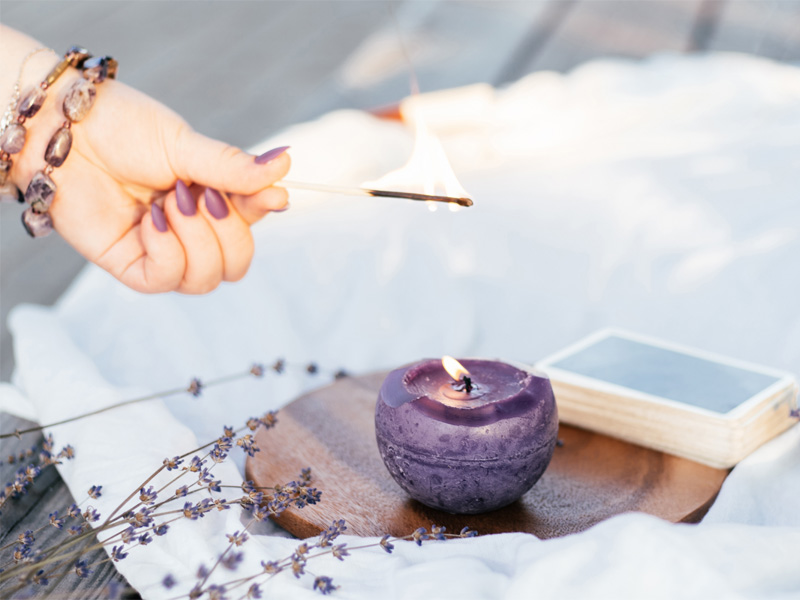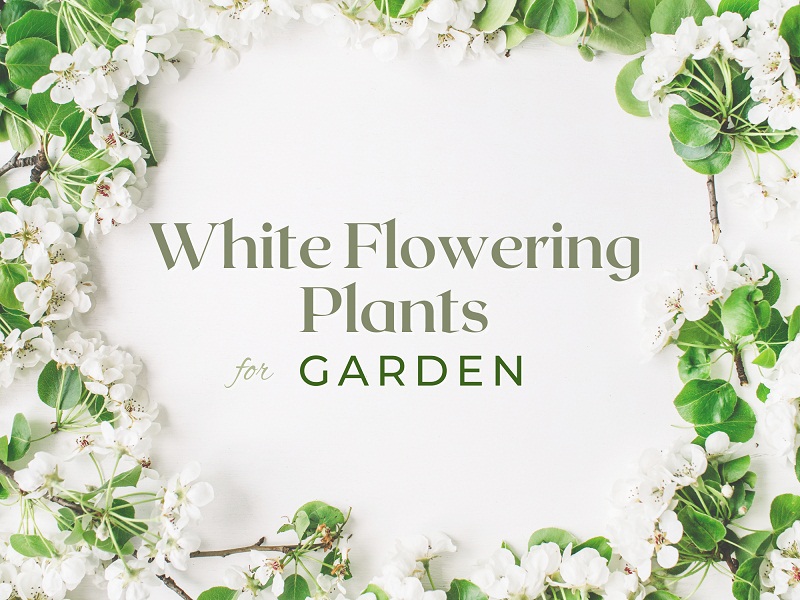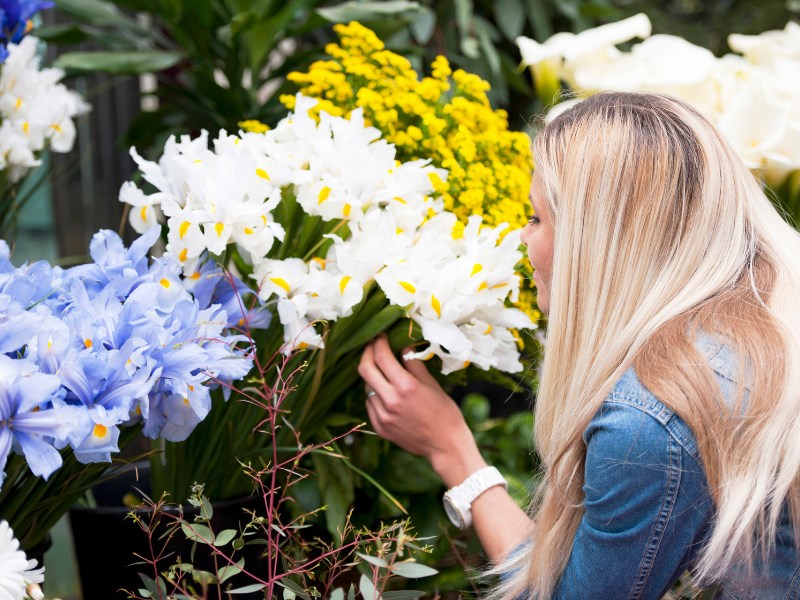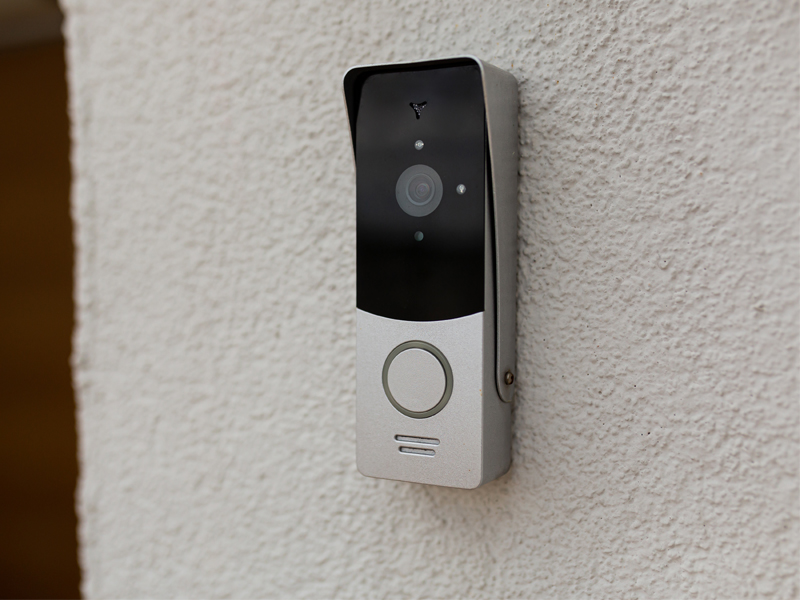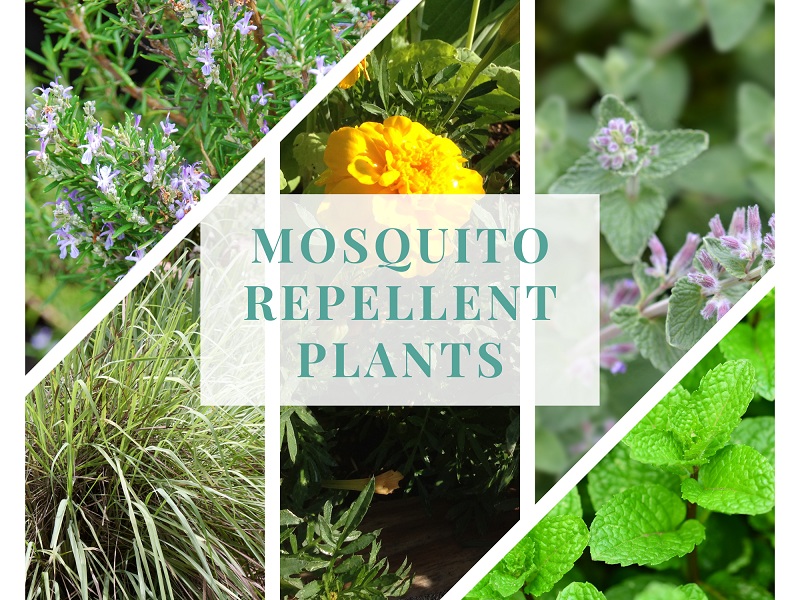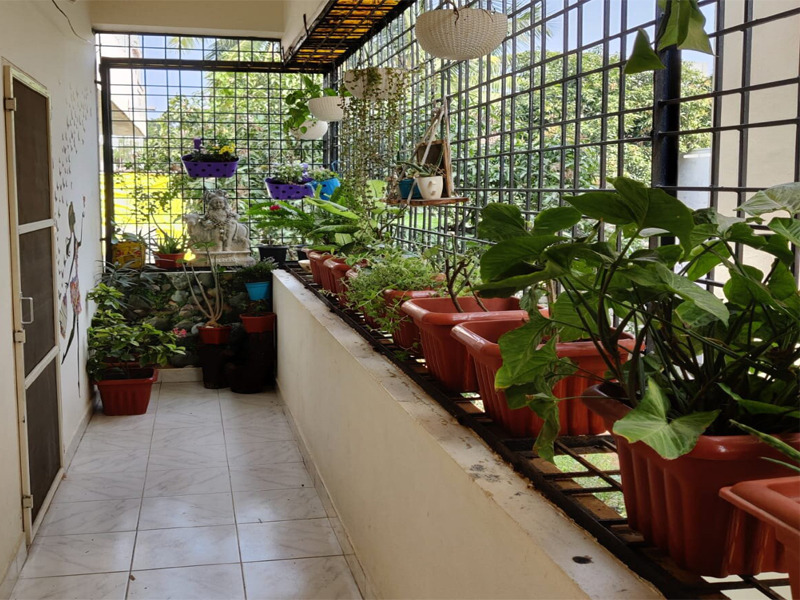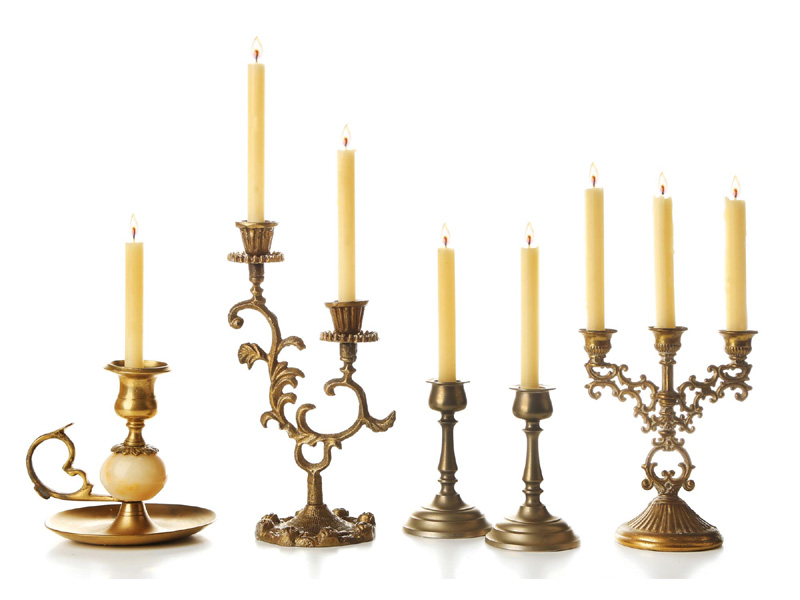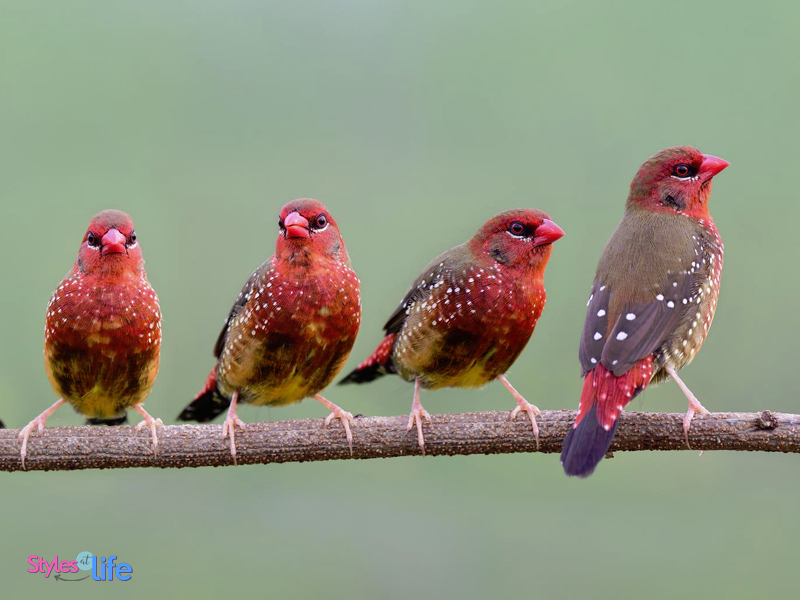Working from home has become a reality over the past two years, and spending a lot of time indoors has become more than necessary. But did you know that some indoor plants can keep your home fresh and healthy? Yes! Including purifying indoor plants in your home décor has been proven effective in reducing indoor air pollutants, as per NASA’s clean air study from 1989. Although they might not make much of a difference because they purify the air slowly, according to a recent study, there is nothing wrong with decorating your house a little green. Let us go through this article to learn about different air-purifying indoor plants.
Caution: Make sure to keep these plants out of children’s reach because some plants and parts can be toxic.
Do Indoor Air Purifying Plants Purify the Air?
Many people make plants as part of their interiors because of the pleasant and positive feelings they provide. Besides sprucing up the place, one of the primary reasons many people incorporate indoor plants into their interiors is to purify the air inside your home.
Multiple studies claim that houseplants can significantly reduce pollution. For example, NASA published a study by Bill Wolverton that says plants are an economical solution to indoor pollution.
However, many research papers were scrutinized later because most of that research was conducted in sealed chambers in a lab. But that doesn’t mean you should stop installing plants in your home. Keeping your mind calm and making your indoor spaces more soothing and hospitable are among the myriad benefits of plants.
20 Best Air Purifying Indoor Plants:
We have prepared a list of some popular air-purifying indoor plants that blend in with your interiors beautifully. Let us go through the list in detail:
1. Bamboo Palm:
Scientific name: Chamaedoreaseifrizii.
The bamboo plant is the best indoor plant for air purification in India. This plant filters benzene, formaldehyde and trichloroethylene, a hardy plant. The bamboo plant should be placed in an area with good air circulation and needs moist soil. It is extremely useful during dry winter because this plant is a natural humidifier. Since the plant grows rapidly, it requires regular pruning. The bamboo plant is pet-friendly and grows between 4 to 12 feet high.
2. Aloe Vera:
Scientific name: Aloe Barbadensis Miller.
Aloe vera is one of the popular plants which is used in many beauty products because of its anti-inflammatory properties present in it. These properties also aid in dealing with many skin and hair issues. But did you know Aloe vera also acts as an air purifier? Yes! Aloe vera cleanses the air of benzene and formaldehyde while absorbing carbon dioxide and carbon monoxide, making it a very beneficial plant. In addition, Aloe vera is easy to maintain because the plant is short and easy to grow.
3. English Ivy:
Scientific name: Hedera Helix.
English Ivy is a climber you can see on many walls and trees outdoors, but it is also a plant that works as an air purifier, as per the NASA clean air study. These plants prefer to be crowded and grow well in small pots. These plants filter out formaldehyde in the air while lowering airborne faecal matter particles. Unfortunately, the English ivy plant attracts pests on not receive sufficient light making it high maintenance. This plant can remove over 55 per cent of the air’s toxins, making it more useful in purifying plants.
4. Weeping Fig:
Scientific name: Ficus Benjamina.
The weeping fig or Ficus Benjamina is the most commonly grown indoor plant native to Southeast Asia. These plants need to be watered weekly and require direct sunlight like most other air purifiers. However, this plant is the hardest because it needs indirect sunlight, is low-maintenance and long-lasting. The weeping fig plant improves the air quality significantly.
Read: Different Kinds of Plants with Names
5. Snake Plant:
Scientific name: Sansevieria Trifasciata.
The Snake plant is a succulent plant that can grow up to two meters in height and is also called Mother-in-law’s tongue. This hardy plant thrives on neglect, making it a low-maintenance plant. Since this plant thrives in dry conditions, ensure it isn’t overwatered. It is essential to remember that this plant requires free-draining soil to grow. The Snake plant is NASA’s air purifying plant suitable for living rooms, bedrooms and bathrooms.
6. Spider Plant:
Scientific name: Chlorophytum Comosum.
If you have a bad track record when it comes to plants, then the Spider plant is a perfect choice. This plant survives in any condition and thrives in indirect sunlight. Spider plant is one of the best houseplants that clean the air by eliminating xylene and formaldehyde. One spider plant is believed to be able to clean air in 200 square meters of space. The plant is also safe for small children and pets.
7. Chrysanthemums:
Scientific name: Chrysanthemum Morifolium.
Chrysanthemums are the best plants for air purification and are a great addition to a floral arrangement. This plant is also called mums or disbuds. Although the payoff is beautiful and colourful bloom, they are among the more difficult air purifiers to grow. Chrysanthemums need to be watered with only warm water while enjoying bright indirect sunlight and good airflow.
8. Gerbera Daisy:
Scientific name: Gerbera Jamesonii.
Gerbera Daisy is used as a decorative element in gardening, arguably the prettiest entry on the list of these air purifying plants. However, the beautiful flower helps remove harmful chemicals like benzene and trichloroethylene with its distinct ability to produce high oxygen levels at night. Keeping the gerbera daisy on the nightstand can benefit people suffering from breathing disorders and sleep apnea. Keeping the soil moist while watering regularly is the right way to keep this plant healthy. Gerbera daisy prefers indirect light during winter and bright sunlight during the fall, summer and spring.
9. Peace Lily:
Scientific name: Spathiphyllum.
Peace Lily is an undemanding and easy plant to look after and is an excellent addition to any room with its glossy green leaves. It also helps eliminate common household toxins and is one of NASA’s best-known cleaning plants. This plant can eliminate toxins from household items, furniture and electronics, acting as an effective air-purifying indoor plant and cleanser. The additional benefit of this plant is that it produces white flowers.
10. Golden Pothos:
Scientific name: Epipremnumaureum.
Golden pothos, also called Money Plant or Devil’s Ivy, is one of the best indoor plants for air purification while fighting off common household toxins. This plant grows well in hanging baskets, pots and water while adding instant colour to any room with its cascading tendrils. Golden pothos is the most effective air purifier that helps combat toxins like xylene and carbon monoxide compared to all the other air purifying plants in India. Moreover, this plant remains green even when kept in the dark because it doesn’t require much maintenance.
11. Boston Fern:
Scientific name: Nephrolepisexaltata v. Bostoniesis.
Boston Fern is the best indoor plant for clean air and is perfect for a pedestal or hanging basket because of its sword-shaped fronds. This plant requires consistent moisture and thrives in humid environments. Ensure to position them in indirect sunlight near windows, balconies and patios with regular misting and moist soil.
12. Indian Basil:
Scientific name: Ocimumtenuiflorum.
Indian Basil requires little to no maintenance and is commonly known as Tulsi. Along with its medicinal properties, Tulsi, or Indian Basil, is one of India’s best air purifying plants, Tulsi is also the best natural mosquito repellent plant. Windows is the best place to keep this plant because the tulsi plant requires regular sunlight. And don’t forget to keep watering the plant regularly.
13. Flamingo Lily:
Scientific name: Anthurium Andraeanum.
Flamingo Lily blooms 300 out of 365 days of the year, and it is a perfect plant addition that adds a pop of colour to any room in your house. This plant is more comfortable in bathrooms and kitchens where the conditions are more humid. It requires watering one to two times a week and loves bright indirect sunlight.
14. Chinese Evergreen:
Scientific name: Aglaonema.
Chinese Evergreen is one of the easiest air purifier plants for a home to grow, and it comes in several varieties. These plants thrive in well-drained, medium to low light conditions and can tolerate most conditions. Fertilization of the Chinese evergreen plants is recommended about twice a year.
15. Broad Lady Palm:
Scientific name: Rhapisexcelsa.
Suppose you are looking for an indoor plant that reduces ammonia levels. In that case, the Broad lady palm can be an excellent option. Since most cleaning products have ammonia, this plant can be very helpful. However, it is best to buy these plants when they are smaller or start from seed because a fully-grown broad lady palm is very expensive. You water this plant generously because it is humidity-loving. The living room, bathroom or entrance can be the best places to keep this plant.
16. Kimberly Queen Ferns:
Scientific name: Nephrolepisobliterate.
Kimberly Queen Ferns are Australian natives who thrive in outdoor conditions and are also perfect indoor purifying plants. These plants require little to no care, making them excellent options for beginners. Keeping these plants fertilized regularly in the warmer months is essential, though they don’t need to be pruned or cut back.
17. Dracaena:
Scientific name: Dracaena Deremensis.
Dracaena “Janet Craig” is a popular air purifying house plant that can beautifully fill voids and big spaces in the home because they grow up to 15 feet tall. However, these plants shouldn’t be placed directly under sunlight because they love indirect sunlight. Though the Dracaena require watering once a week in warmer months, ensure you don’t cause root decay by giving too much water.
18. Parlor Palm:
Scientific name: Chamaedorea Elegans.
Parlor palms are one the popular indoor plants today and even during the Victorian era. This is because the parlor palms can adapt to the conditions found in most homes, which are low-light. In addition, indoor plants that can clean air might also be able to eliminate trichloroethylene and benzene, according to a recent study by NASA.
19. Rubber Plants:
Scientific name: Ficus elastic.
Rubber plants originate from India and are burgundy evergreen trees. These trees love the bright, filtered light and are very hardy plants. They require fortnightly watering in winter and weekly watering in summer. Rubber plants can be grown straight in the ground, or you can also grow them in a small pot indoors.
Read: Choose Best Pots for Indoor Plants
20. Azalea:
Scientific name: Rhododendron Simsii.
Azaleas are a pretty sight to behold because they bloom in various colours. The attractive blooms of this plant not only adorn the interiors but also acts as an air purifier. When placed under direct sunlight, these plants burn the leaves and thrive in bright and cool places. In addition, this plant eliminates the formaldehyde from plywood and foam insulation by countering their ill effects. Once its blooming period has expired, you can trim the plant to maintain its shape.
The rule of thumb is that the more, the better when it comes to having air purifying plants in your home. This is because each plant helps clean toxins out of the air just how nature intends while pumping out loads of fresh oxygen. Therefore, adopt any of the air mentioned above purifying indoor plants and upgrade your indoor air quality. Don’t forget to let us know if you found this article helpful!
Disclaimer: The content presented in this article is purely educational, informative and not a replacement for medical advice. The website is not responsible for the authenticity and accuracy of the information.
FAQs:
1. What are the benefits of air purifying plants?
Ans: Here are some of the popular benefits of air purifying plants:
- Lowers the toxic carbon-dioxide levels.
- Lessens the status of certain pollutants.
- Reduces the airborne levels of dust.
- Keeps the air temperatures reduced.
- They help lower background noise.
2. Which air purifying indoor plant is the best?
Ans: One of the most effective plants for cleansing the air is the Chrysanthemums. This plant helps absorb ammonia in many household cleaners and eliminates common VOCs.
3. What is the role played by plants in general in a home?
Ans: The role played by the plants in general are:
- It lowers fatigue and stress.
- Enhances concentration.
- Increases productivity.


